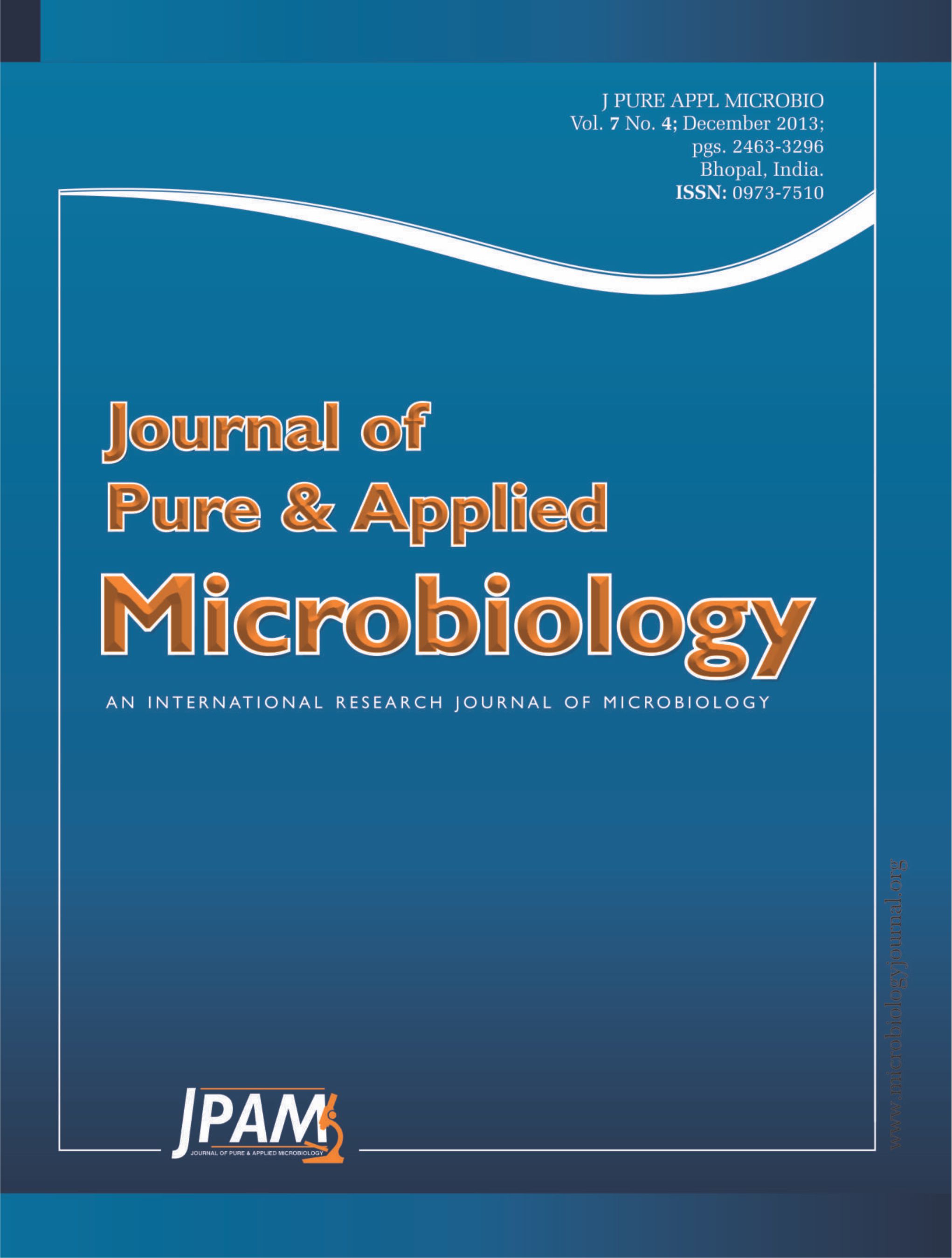The present study was executed to screen methanolic leaf extracts from 19 plant species for antidermatophytic activity. Based on highest activity, Piper longum was further fractionated to identify the fractions of better activity profile. The extracts and fractions were tested against five dermatophyte species by agar well diffusion and agar dilution methods. Extracts from Aloe vera, Azadirachta indica, Camelia sinensis, Cassia sophera, Clitoria ternatea, Leucas plukentii, Lawsonia inermis, Ocimum basillicum, O. sanctum, O. gratissimum, P. betleoides, P. longum, Solanum melongena and Vitex negundo showed antidermatophytic activity (zone of inhibition: 9-42 mm, MIC: 1.25 -10 × 104 mg mL-1). Furthermore bioassay of P. longum exhibited better activity of sequentially extracted chloroform and methanol extracts (MIC: 5 × 103 mg mL-1). Two potential column fractions isolated from the methanol extract of P. longum showed MIC of 1.25 × 103 – 2.5 × 103 µg mL-1 in broth microdilution assay. To the best of our knowledge, there is no scientific report on antidermatophytic activity of P. longum so far. The results highlighted future research on these potential plants especially P. longum to characterize the active constituents.
Antidermatophytic activity, Medicinal Plants, Isolation, Active Fractions, Piper longum
© The Author(s) 2013. Open Access. This article is distributed under the terms of the Creative Commons Attribution 4.0 International License which permits unrestricted use, sharing, distribution, and reproduction in any medium, provided you give appropriate credit to the original author(s) and the source, provide a link to the Creative Commons license, and indicate if changes were made.


